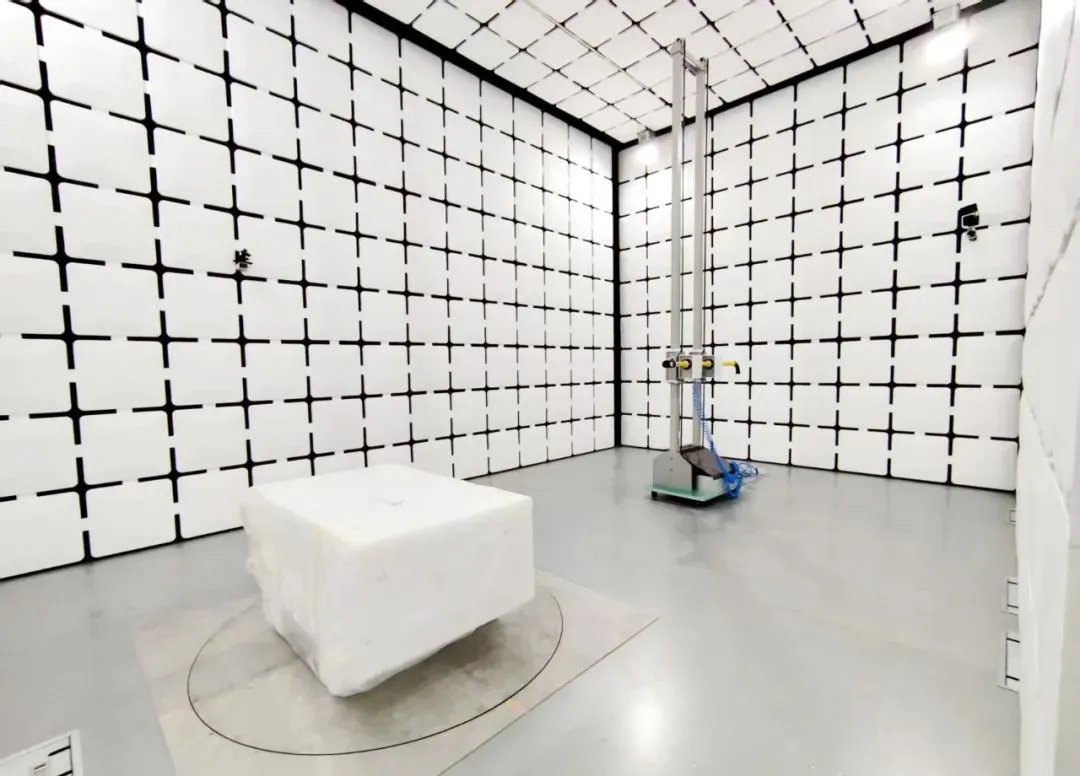
Biocompatibility Testing (Intradermal Irritation Test)
Main Content of the Intradermal Irritation Test:
1. Test Preparation:
- Sample Preparation: The medical devices, materials, or their extracts to be tested shoULd be prepaRED according to specified ratios and methods.
- Animal Selection: Healthy, young adult laboratory animals, such as albino rabbits, are commonly selected to simulate the human skin response to medical devices.

2. Test Procedure:
- Injection Site Selection: Suitable injection sites are chosen on both sides of the animal's back along the spine. These areas have relatively thin skin, which makes it easier to observe and assess reactions.
- Injection Procedure: The test sample or its extract is injected into the selected injection site using an intradermal syringe. A control group is also set up for comparison.
3. Observation and Recording:
- After injection, observe and record any irritative reactions such as erythema (redness), edema (swelling), etc., at various time points (e.g., immediately, 24 hours, 48 hours, and 72 hours).
- Reactions observed are scored using a standardized scoring system to quantify the severity of the irritation.
4. Result Evaluation:
- The irritation index for each animal is calculated based on the scoring results, and the irritation indices of all animals are compiled for analysis.
- The test sample is assessed against predefined standards to determine whether it meets biocompatibility requirements. If the irritation index falls within the acceptable range, the sample is considered to have good biocompatibility.
Importance of the Intradermal Irritation Test:
- Ensuring Product Safety: The intradermal irritation test helps evaluate the potential irritation of medical devices when they come in contact with human skin, ensuring that the product does not cause excessive irritation or adverse reactions during use.
- Compliance with Regulations: According to international and domestic regulations and standards, such as iso 10993-10 and GB/T 16886.10, medical devices must pass biocompatibility testing, including the intradermal irritation test, before they can be marketed.
- Enhancing Product Competitiveness: Rigorous biocompatibility testing improves the quality and safety of the product, which enhances its market competitiveness and user trust.
Testing Standards:
- International Standards:
- ISO 10993-10: This standard specifically evaluates the intradermal irritation response of medical device materials. It outlines detailed steps for testing, observation indicators, and scoring criteria.
- Domestic Standards:
- GB/T 16886.10: China's national standard, corresponding to ISO 10993-10, also used for the intradermal irritation test of medical device materials.
- GB 9706.1-2020: This standard provides guidelines and principles for evaluating medical equipment and systems that directly or indirectly contact biological tissues, cells, or fluids.
Testing Methods:
- Sample Preparation:
- Test samples (products to be validated, sterilized).
- Control samples: Including polar negative control (e.g., 0.9% saline injection), non-polar negative control (e.g., sesame oil), and positive control (e.g., 5% sodium lauryl sulfate).
- Test Subjects:
- Typically, healthy, young adult albino rabbits (both male and female, same strain, weighing at least 2 kg).
- Test Procedure:
- Sample Treatment: The test sample and control samples are extracted in a specified ratio (e.g., 0.2g:1ml) and incubated at a constant temperature for a certain period (e.g., 72 hours) to prepare the extract.
- Animal Preparation: The fur on both sides of the animal's back along the spine is completely removed 4-18 hours prior to the test to expose the areas for testing and observation.
- Injection of Extract: 0.2 mL of the test sample extract is intradermally injected at multiple points (e.g., 5 points) on one side of the rabbit's spine, and the corresponding solvent control solution is injected on the other side.
- Observation and Recording:
- Observations and recordings are made immediately after injection, as well as at 24 hours, 48 hours, and 72 hours, noting reactions such as erythema, edema, and other tissue responses.
- A scoring system may be used to grade erythema and edema, and the total average score for each rabbit and the final score for the test sample are calculated.
- Result Evaluation:
- If the final score for the test sample is less than or equal to 1, it is generally considered to meet the testing requirements, indicating that the material will not cause significant irritation after intradermal injection.
Precautions:
- Before conducting the intradermal irritation test, ensure that the test materials do not cause severe irritation or corrosion to the skin, eyes, mucous membranes, etc. (e.g., pH values outside the range of 2-11.5).
- Strict control of testing conditions is essential to ensure the accuracy and repeatability of the results.
- For materials or products with special properties, the test methods or standards may need to be adjusted accordingly.
Email:hello@jjrlab.com
Write your message here and send it to us
 Canadian Rug Flammability Testing
Canadian Rug Flammability Testing
 Toy Flammability Test Compliance Certification
Toy Flammability Test Compliance Certification
 ISO 17025 Accredited Test Laboratory
ISO 17025 Accredited Test Laboratory
 What is Amazon California Proposition 65?
What is Amazon California Proposition 65?
 New METI Registration Regulations in Japan
New METI Registration Regulations in Japan
 Attention for Amazon Japan Sellers: New PSE Regula
Attention for Amazon Japan Sellers: New PSE Regula
 Compliance with Japanese Representative & METI
Compliance with Japanese Representative & METI
 ZigBee-LoRa-Z-Wave Product compliance testing
ZigBee-LoRa-Z-Wave Product compliance testing
Leave us a message
24-hour online customer service at any time to respond, so that you worry!




